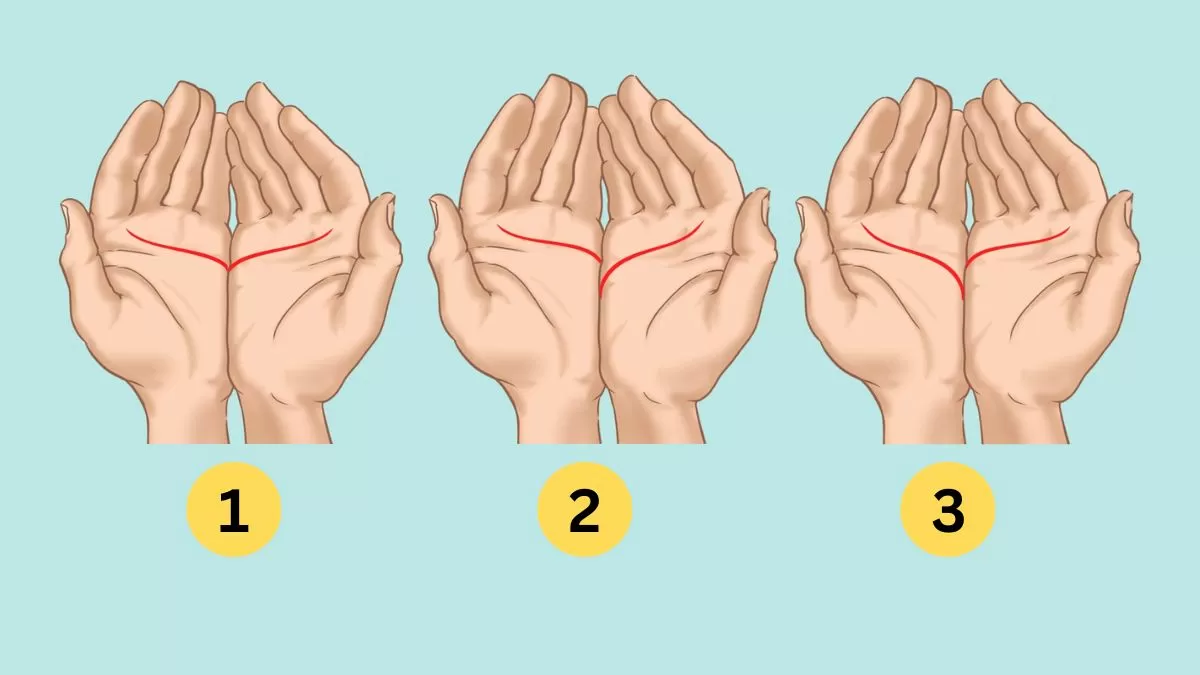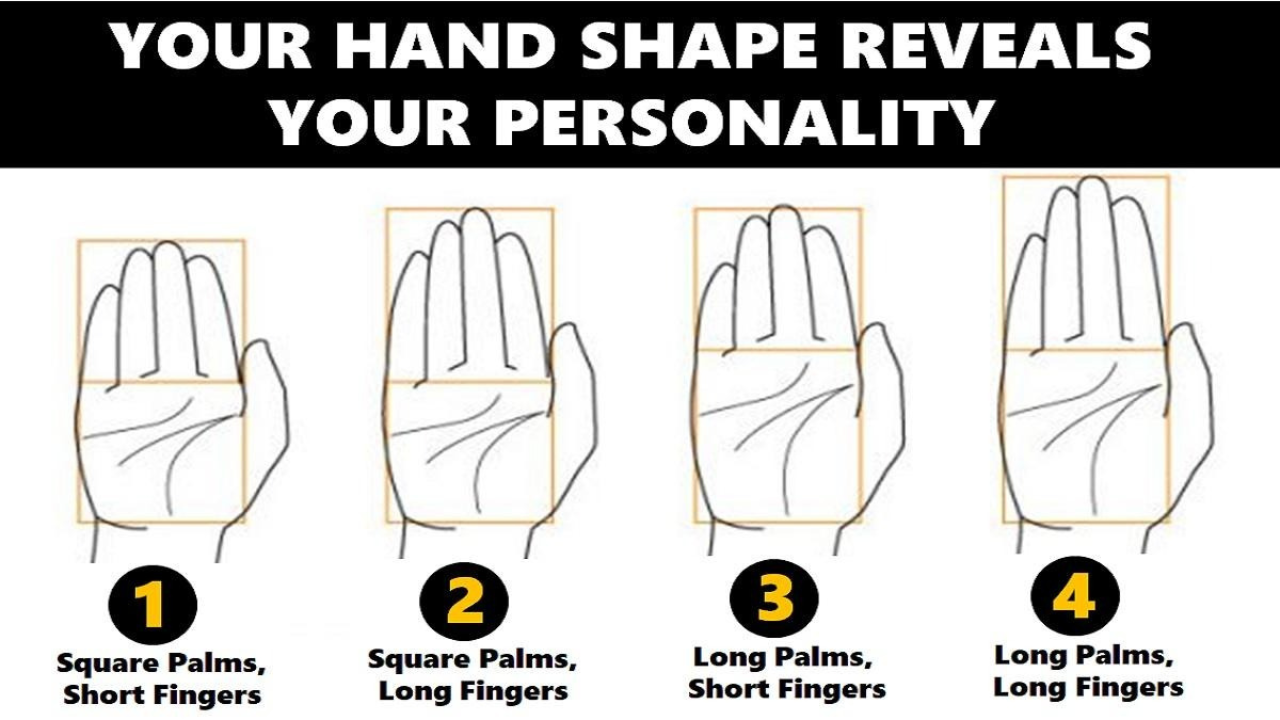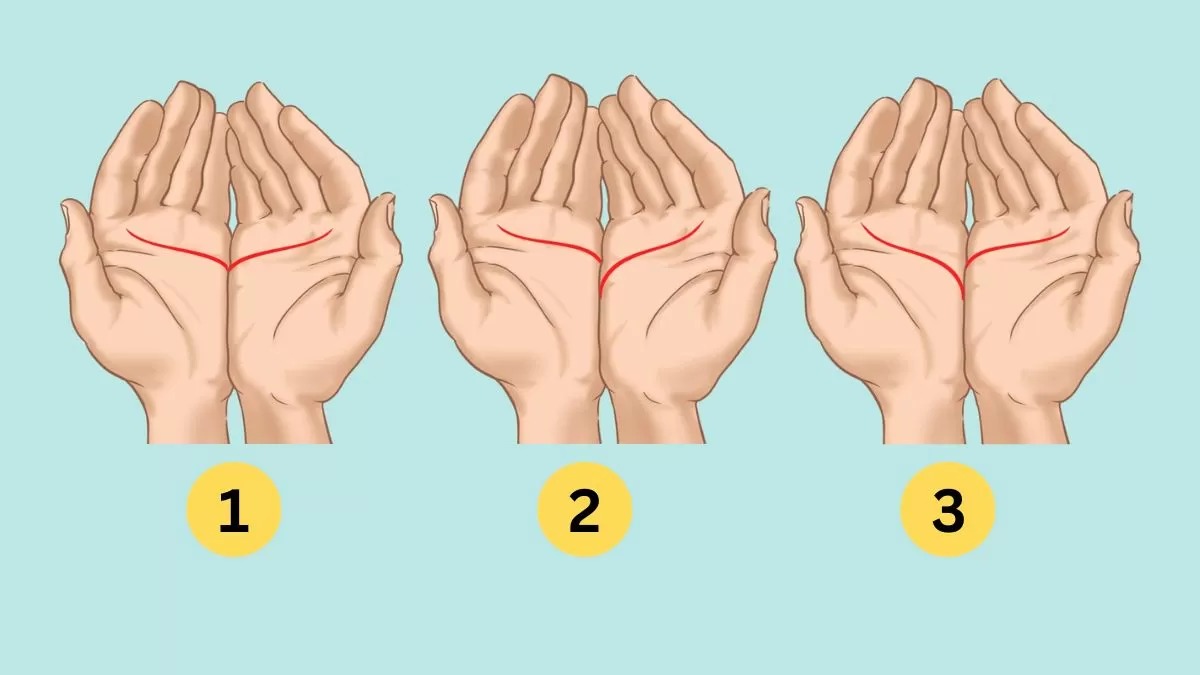Palmistry, also known as chiromancy, is an ancient practice that interprets the lines and features of the palm to gain insights into an individual’s personality, destiny, and even love life. While modern science does not support palmistry as a predictive tool, many still find it a meaningful way to reflect on personal traits and relationship dynamics.
In this guide, we explore how specific palm lines are traditionally interpreted to understand love and relationship tendencies. The insights come from well-known palmistry practitioners, including Ellen Goldberg, who has combined her background in psychotherapy with the mystical art of palm reading.
Understanding the Basics of Palmistry
Palmistry typically focuses on both hands: the dominant hand (the one you write with) is believed to reflect your present and future, while the non-dominant hand reveals inherited traits and your potential. Each hand has several key lines and mounts (raised areas of the palm) that are analyzed.
Among the major lines in palmistry are:
- Heart line: Associated with emotional health and relationships.
- Life line: Reflects vitality and life changes.
- Head line: Represents intellect and mental processes.
- Fate line: Related to career and life path.
For those interested in love and romance, the heart line and the lines near the Mount of Venus are considered particularly important.
:max_bytes(150000):strip_icc()/IS_PalmReading_MainLines_Final-2000-c8906d8760ed422c94b734d3bea1e16b.jpg)
The Heart Line: Your Emotional Blueprint
The heart line is one of the three major lines on the palm and runs horizontally across the upper part of the palm, under the fingers. In traditional palmistry, this line reveals how a person expresses love and manages emotional connections.
- A long, unbroken heart line may suggest a person who is deeply emotional and capable of long-lasting love.
- A short or faint heart line may indicate someone who is more reserved with their feelings or who may struggle with emotional expression.
- A curved heart line implies warmth and spontaneity in love, while a straight line might belong to someone more logical and cautious in relationships.
The starting point of the heart line also matters:
- If it begins under the index finger, it suggests contentment in love.
- If it begins under the middle finger, it may imply a more self-centered approach to romance.
- If it lies between the two fingers, a balanced approach is assumed.

The Line of Affection and the Mount of Venus
Ellen Goldberg, often referred to as the “Wise-Woman Therapist,” explains that beyond the heart line, another important aspect of palmistry is the line of affection, which is often called the relationship line or marriage line. These short horizontal lines are found on the Mount of Mercury, the padded area below the pinky finger. They are thought to provide clues about significant relationships, particularly romantic ones.
- A deep and straight affection line is said to indicate a strong and lasting relationship.
- Multiple lines may point to several significant emotional connections over time.
- Forked or broken lines could suggest emotional turbulence or separation.
Another critical area is the Mount of Venus, the raised region at the base of the thumb encircled by the life line. A well-developed and firm Mount of Venus is believed to indicate a person with a strong capacity for love and affection. In contrast:
- A flat or poorly developed Mount of Venus might be interpreted as emotional restraint or difficulty expressing feelings.
- A soft and flabby mount has been traditionally associated with lower energy or passion levels.
Aligning the Hands: A Symbol of Mutual Love?
One popular method in modern palmistry for couples is to place both hands together, palm-to-palm, and observe how the lines align. According to Goldberg, when the heart lines or affection lines of two people match up closely, it is said to reflect harmony and emotional resonance in their relationship.
Goldberg elaborates:
- The right hand (dominant for most) reveals how a person influences others emotionally.
- The left hand is seen as showing who has touched your heart or influenced your emotional development.
If both partners’ lines align symmetrically, some practitioners believe this symbolizes a relationship of mutual love and shared emotional influence. However, variations in line alignment are not necessarily negative — differences can also suggest complementary energies or evolving emotional paths.

Love Timing Through the Life Line
Another technique mentioned by Goldberg involves using the life line — the arc that curves around the base of the thumb — to gauge the timing of emotional developments. This requires drawing an imaginary line from the affection line to where it intersects with the life line.
While these interpretations are symbolic and not scientifically validated, enthusiasts believe that where this intersection occurs can offer a rough idea of when love or significant relationships may occur in one’s life.
- If the line connects closer to the top of the life line (near the thumb and index finger), love may be found earlier in life.
- If the intersection is lower toward the wrist, it could suggest a later-in-life relationship.
Expression Styles in Love
Palmists also look at hand shape and texture to infer how a person expresses affection.
- Square palms with short fingers are said to belong to practical, steady lovers.
- Long palms with long fingers may be linked to imaginative and idealistic partners.
- Soft hands could indicate a sensitive nature, while firm hands suggest determination and passion.
Goldberg also notes personality types associated with hand structure. For instance, individuals with long, narrow palms and fingers may be more introspective or reserved. In such cases, she advises being proactive: “If you have a feeling for one of those tall, slender, serious types, why don’t you tell them? They’re shy.”

Final Thoughts: A Personal and Reflective Practice
While palmistry is not a science and should not be used for making critical life decisions, many find it a fun, introspective tool for understanding emotional tendencies and relationship dynamics. It can serve as a mirror, reflecting aspects of your character, how you relate to others, and how love manifests in your life.
Practices like palmistry should be approached with curiosity and mindfulness rather than as definitive predictions. When used thoughtfully, they can open up meaningful conversations about love, relationships, and emotional growth.
Sources
- Cafe Astrology – Palmistry and the Mounts
- Ellen Goldberg Interview on Palmistry – Wise Woman Therapist
- The Astrology Dictionary – Heart Line Meanings
- Psychology Today – Why We Read Palms
